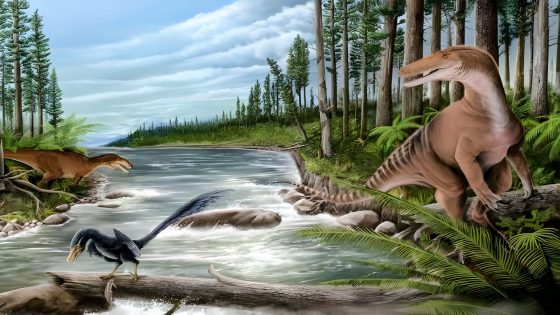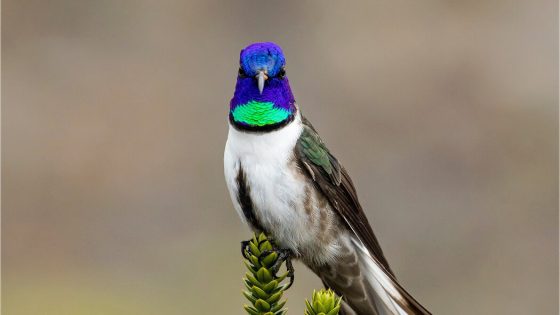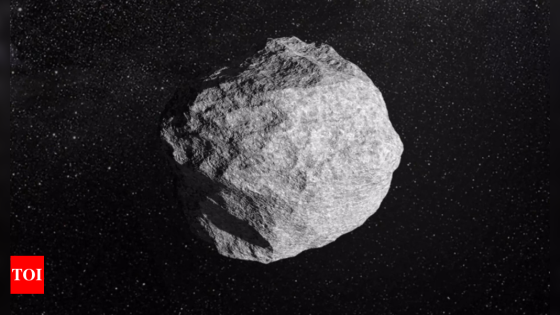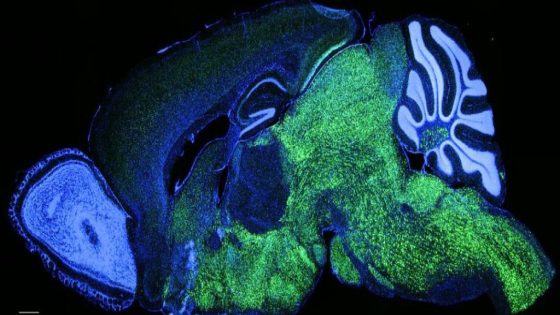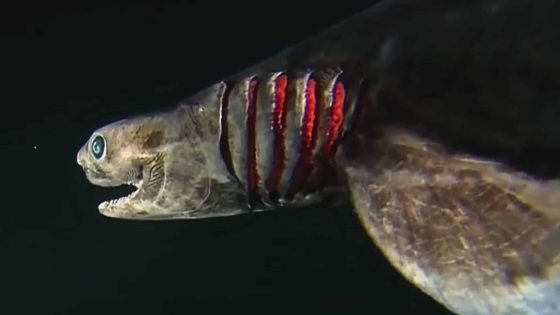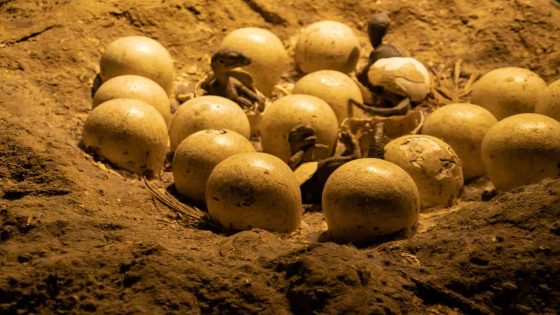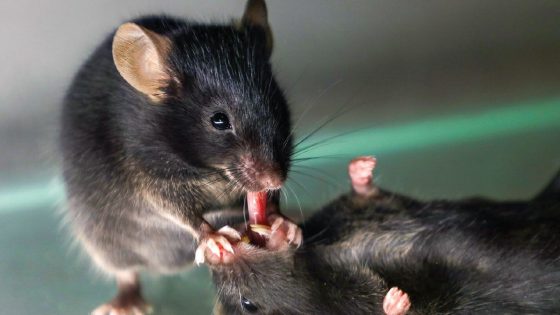Fossils discovered in Australia are rewriting dinosaur history, offering new insights into the evolution of these ancient creatures. Recent findings reveal the oldest known megaraptorid and the first evidence of carcharodontosaurs in Australia, challenging previous assumptions about predator hierarchies. How did these discoveries change our understanding of dinosaurs in the Southern Hemisphere?
- World's oldest megaraptorid discovered in Australia
- First evidence of carcharodontosaurs on the continent
- Unique predator hierarchy in Early Cretaceous
- Museum collections crucial for scientific breakthroughs
- Volunteer contributions enhance paleontological discoveries
- Insights into dinosaur migration patterns revealed
Discoveries in Australia Challenge Traditional Views of Dinosaur Evolution
What if the roles of dinosaur predators were flipped? New fossils unearthed in Australia suggest just that. These findings reveal that large megaraptorids coexisted with smaller carcharodontosaurs, a surprising twist compared to other ecosystems where larger predators dominate. This unique arrangement invites US to rethink how dinosaurs evolved and thrived in different environments.
Implications of Fossil Discoveries for Understanding Dinosaur Ecosystems
The recent findings from Australia provide a fresh perspective on dinosaur ecosystems. Here are some key implications:
- The coexistence of large megaraptorids and smaller carcharodontosaurs suggests a unique predator hierarchy.
- These fossils may indicate broader patterns of dinosaur migration across ancient landmasses.
- They challenge previous assumptions about body size hierarchies in predator ecosystems.
- They enhance our understanding of Australia’s distinct Cretaceous fauna.
Understanding the Unique Predator Hierarchy in Cretaceous Australia
The discovery of megaraptorids and carcharodontosaurs in Australia paints a vivid picture of a unique predator hierarchy. Unlike other regions where larger predators dominate, Australia’s ecosystem featured large megaraptorids as apex predators, with smaller carcharodontosaurs in a subordinate role. This reversal prompts questions about how environmental factors shaped these roles and what it means for our understanding of dinosaur evolution.
How Fossils Reveal Migration Patterns Among Dinosaurs
These fossil discoveries also shed light on dinosaur migration patterns. The evidence suggests that dinosaurs moved between connected landmasses, such as Australia and South America, through Antarctica. This migration likely influenced the evolutionary paths of these species, leading to distinct adaptations in different regions. Understanding these patterns helps scientists piece together the broader narrative of dinosaur evolution.
The Role of Community in Paleontological Discoveries
Community involvement has proven crucial in paleontology. Volunteers, like those from Museums Victoria, play an essential role in identifying fossils that lead to significant discoveries. Their keen observations help researchers unearth valuable insights into prehistoric life. This collaboration between professionals and community members fosters a rich environment for scientific advancement.
These groundbreaking discoveries in Australia not only reshape our understanding of dinosaur evolution but also highlight the importance of collaboration in scientific research. As more fossils are uncovered, the story of Cretaceous Australia continues to unfold, revealing a complex and fascinating world of ancient predators.



